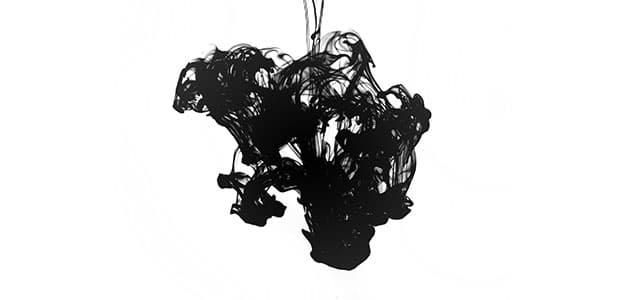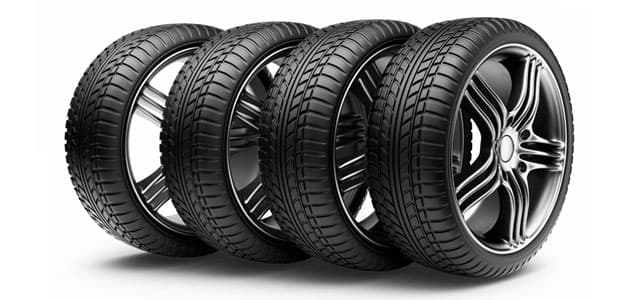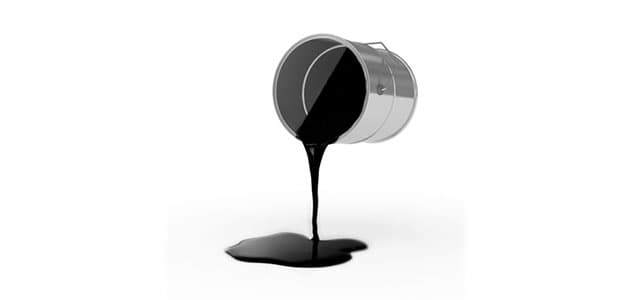
Classification and use of carbon black for rubber
2020-04-26
The relationship between characteristics and application of pigment carbon black
2020-04-26Analysis of carbon black indicator

Carbon black is one of the main raw materials of rubber filler, filler can also give rubber other high performance. For example, rubber magnetic, flame retardant, conductivity, color and other properties. Carbon black makes the product has higher performance for various industries, also save cost.
Some people say, what’s a filler? Fillers are divided into reinforcing agents and fillers by function. The reinforcing agent includes carbon black, silica, ultrafine inorganic filler, etc. The filler includes clay, calcium carbonate, rubber powder, wood powder, etc. How is the carbon black tested and what is the significance of the test index? The following analysis is made for each index of carbon black:
One is to test the properties of carbon black itself, and the other is to test the properties of the rubber after carbon black is added to the rubber. The indexes in the first part will directly affect the test results in the second part, this two are closely related. The following is several test:
1.Impurity
The impurities of carbon black are generally determined by different specifications of sample screening. Too large particles that cannot pass through 20 mesh (sieve hole diameter 840um) are called impurities. The granular impurities in carbon black include hard carbon, iron scrap, furnace charge debris and foreign matters mixed in the process of packaging and transportation. Hard carbon is a kind of coke – granular substance which is formed by carbonization of raw oil droplets without gasification in the process of carbon black formation. Normal carbon black are not allowed to have excessive particle impurities (mesh diameter > 840um).
2 Iodine Absorption Number, CTAB adsorption specific surface area, NSA, STSA
These four indexes reflect the particle size and specific surface area of carbon black, and the four methods are used at the same time to eliminate the errors of various test methods. They all indicate smaller specific surface area and larger diameter of carbon black particles.
BET surface area refers to the total surface area of carbon black particles per unit mass or per unit volume. The specific surface area of carbon black is divided into external, internal and total specific surface area. In recent years, the BET surface area has replaced the particle size as the main basis for the classification of carbon black varieties.
NSA: The particle size and its distribution are one of the important basic properties. Particle size directly affects other properties and service ability of carbon black. The particle size and distribution of carbon black have a great influence on its performance. In the application of rubber, the smaller the particle, the better the strength (tensile strength, tensile stress, tear resistance) of the filled rubber vulcanized rubber, and the higher the wear resistance. However, as the particle diameter increases, the elasticity is good and the heat generation is low. Therefore, according to different requirements of the rubber industry, select different carbon black. Tire industry requires fine particles, good quality carbon black varieties for tread rubber, improve the wear resistance and tear resistance of tires, thereby improving the life and mileage of tires. Sidewall rubber, inner tube should use carbon black with thicker particles to adapt to the requirements of good elasticity, good flexural performance, low heat generation and so on. In coating and plastic industry, the higher the blackness, the better the conductivity. Note: BET surface area is inversely proportional to particle size. BET surface area is an important index of carbon black. The carbon black with large BET surface area, especially large external specific surface area, gives the rubber excellent reinforcing performance in rubber application. In the coloring of paints, inks and plastics and other industries are also given high coloring power. On the contrary, carbon black with small BET surface area has low blackness, but good dispersion, fluidity and hue.
STSA: determination of external specific surface area.
3 DBP absorption number and Crushed DBP absorption number
These two indexes reflect the structure of carbon black, Crushed DBP has a stronger relation with the performance of the rubber, the following reasons: in carbon black, carbon atoms do not exist in the form of atoms, many atoms gather together to form a chain-branched aggregate, which is called primary structure. Depending on the action of the intermolecular force between the primary structures, the aggregate attracts each other to form larger agglomerate, which is called the secondary structure. The secondary structure is not stable and will be destroyed in the process of rubber processing, so the final form of carbon black in the rubber is the primary structure. DBP absorption value measure is carbon black under the natural state, the structural index of the coexistence of primary structure and secondary structure, and Crushed DBP absorption value is a structure index that all secondary structure damaged by high pressure into primary structure, so it can reflect the structure state of carbon black in rubber, obviously stronger correlation with the performance of rubber. The energy consumption and heat generation in mixing process are reduced, and improve the processing performance of rubber. There is a direct relationship between the void volume and the structure of carbon black.
4 Tint Strength
It is the ability of carbon black to dye white raw material.
5 Heating Loss
Determination of moisture content of carbon black; The moisture content not exceeding the standard has no effect on the rubber products and vulcanization process, but the vulcanized rubber will appear bubbles when the moisture is too high, which will reduce the adhesion of the cloth layer and affect the product quality.
6 Pour Density
Pour Density is the main index of granular black carbon. The apparent density (also known as fine powder content) of ungranulated powdered carbon black is very small, ranging from 80-190kg /㎡. Its volume is relatively large and easy to fly,the packaging, transportation, storage and mixing processing and dispersion are difficult, so in addition to a small amount of pigment carbon black powder, almost all commercial carbon black industrial production through wet or dry granulation or compression (acetylene carbon black). The apparent volume of carbon black per unit mass is effectively reduced by the densification of granulation. The pour density of granulated carbon black varies from 300 kg to 500Kg/㎡.
7 Stress at definite elongation
In essence, it reflects the ability of vulcanized rubber network structure to resist deformation under the action of external forces. The stress required when the vulcanized rubber sample is stretched to a certain elongation, divided by the crosscutting area of the sample before stretching. Stress at 300% elongation is often used to measure the reinforcement of vulcanized rubber. It is greatly affected by the structure of carbon black. As the structure increases, the fixed elongation stress increases. In addition, the fixed elongation stress has a certain relationship with BET surface area and surface activity of carbon black. In the hard carbon black series, the fixed elongation stress decreases with the increase of BET surface area, while in the soft carbon black series, it improves while the higher surface activity. The higher the stress at 300% elongation, the smaller the elongation at break and the better the toughness of the rubber.
8 Ash Content
The ash content can be defined as the amount of residue after combustion in a high temperature furnace. The ash in carbon black mainly comes from the inorganic matter and dissolved inorganic salts in the raw material oil and process water (rapid cooling, wet granulation). Generally, the ash content is less than 0.5%, which will not affect the application of carbon black. But in some special applications, such as conductive carbon black in cable material, the impurity and ash content are required to be very low, otherwise it will produce discharge accident and damage the product.
9 45μm,150μm,500μm sieve residue
The impurities of carbon black are generally determined by different specifications of sample screening. The residue that cannot pass 35 mesh (sieve diameter 500um) is called 35 mesh sieve residue (sieve diameter 45um), and the residue that cannot pass 325 mesh (sieve diameter 45um) is called 325 mesh sieve residue. These three indexes are very important for pyrolysis carbon black, especially the content of 45 m sieve residue, whose size directly affects the brightness of the appearance of the finished products and the subsequent treatment. The lower the 45μm sieve residue, the brighter the product and the better the appearance. Now the fierce market competition makes everyone pursue the excellence of internal and external quality of high-end products, so the extremely low 45μm sieve residue content can attract the attention of buyers.
10 Fine Content
Granular carbon black also contains a small amount of unfinished or broken carbon black powder called fine content, fine content as little as possible, usually do not exceed a few percent.
11 PH Value
This index reflects the surface chemistry of carbon black. To be more precise, the PH value reflects the acidity and alkalinity of the surface of carbon black. The PH value is one of the factors affecting the scorching time of the rubber (T35). The lower the PH value is, the longer the T35 is. In fact, the scorching time is positively correlated with the self-vulcanization time of semi-finished products. If T35 is short, the rubber will self-vulcanize before it is transferred to the finished products, and the rubber will become difficult to process, which we do not want this happening; If T35 is too long, it will take some time for the rubber to start vulcanize after it is transferred to finished product processing, which wastes time and energy, which is also we do not want this happening. Therefore, the acceptable T35 in the actual production process is about 10 minutes.
12 Acetone extractives
This index reflects the degree of completeness of the conversion of carbon black production (the organic polymer remaining on the surface of carbon black during the production of carbon black is not completely cracked). Carbon black is produced by ethylene tar, coal tar, natural gas and other raw materials through different processes, there must be some residual raw materials mixed in the generated carbon black. The size of acetone extractives reflects the amount of residue. We hope to have a high conversion rate of carbon black and a low mixed residual material.

